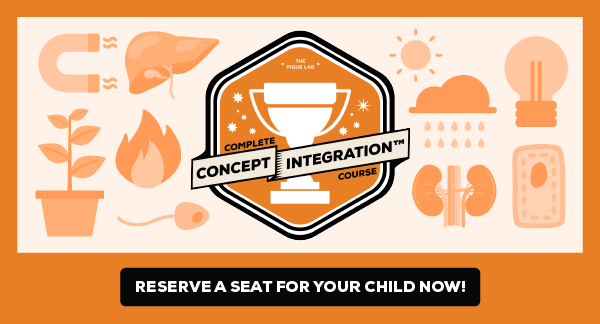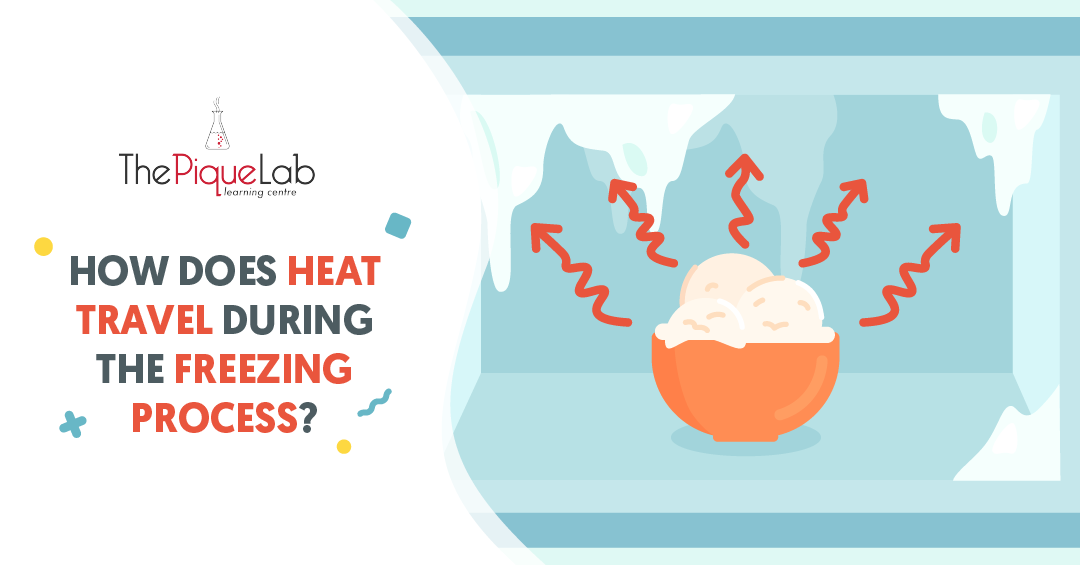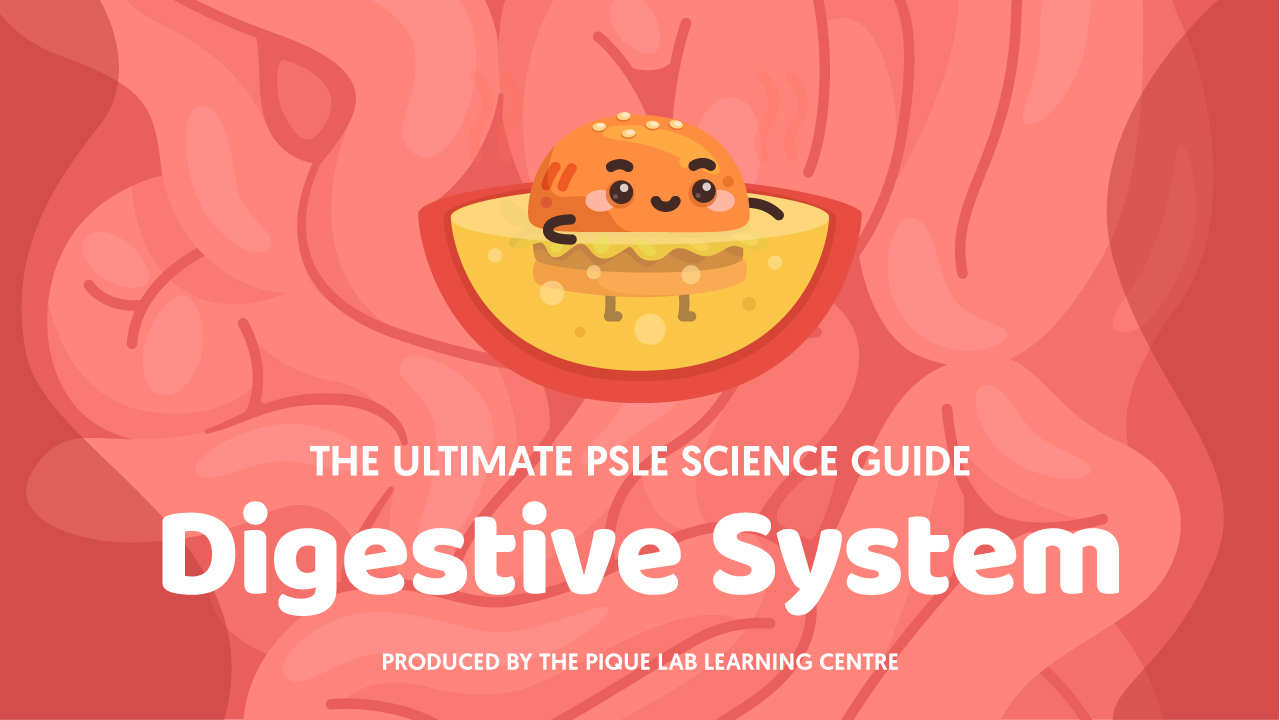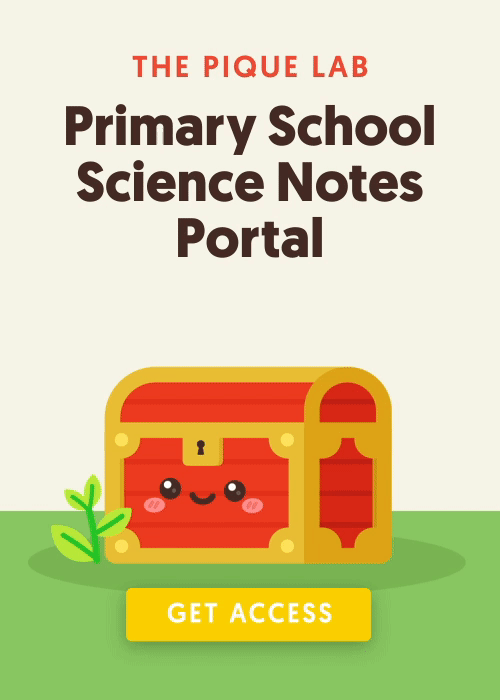Why is it important for you to learn how to relate your understanding of the topic of Transport In Plants to the Plant Cycle?
This is because the topic of Plant Cycle is a culmination of different concepts across the plant-related topics in the Primary School Science syllabus. To score well in plant-related application questions, you must be able to understand and demonstrate how different concepts are connected!
In today’s article, I will be analysing an examination question on Transport In Plants from the 2019 Henry Park Primary School (HPPS) P6 SA1 Examination Paper.
If you prefer watching a video explanation of this blog post, you may also choose to watch the video here.
Read Also:
Let’s Get Started On This Question!

Source: Henry Park Primary School – 2019 P6 SA1 Examination Paper [Q33]
This type of question is very common for the topic of Transport in Plants. Teachers often present a hypothetical scenario in which sections of the stem are removed in 1 cm and/or 2 cm thick segments to test your theoretical understanding of the plant’s transport system.
A 1 cm cut equates to the removal of food-carrying tubes, while a 2 cm cut equates to the removal of both food-carrying and water-carrying tubes.

You are thus expected to predict and explain the longevity and health of a plant (or certain parts of it) after segments are removed at different points.
Let’s look at the diagram here:

Source: Henry Park Primary School – 2019 P6 SA1 Examination Paper [Q33]
In this particular question, the question clearly states that both the water-carrying and food-carrying tubes were removed from the plant. This is in line with how questions are phrased in the PSLE Science examinations where it is very clear which part of the stem is removed so that you can approach the question without any ambiguity.
⭐️ PSLE Science Tip 1: When faced with such questions on tube removals, you must ask: “Which tube is more important?”.
Between the water-carrying tubes and food-carrying tubes, the water-carrying tubes are more important. This is because the plant is capable of making its own food through photosynthesis so long as it has access to sunlight, carbon dioxide, and water.
🎋 If the food-carrying tubes are removed, the plant may not be entirely healthy, as we will address later, but it will survive.
If the water-carrying tubes are removed, the plant will die very quickly for sure!
Let’s go into greater detail on what happens when certain tubes are removed.
You must be able to explain that if the water-carrying tubes are removed, you will observe that the plant dies.
On the flip side, if the food-carrying tubes are removed, it will be observed that the food will accumulate at a certain part of the stem and cause it to swell. The site of the swelling then depends entirely on the position of the cut.
Let’s Analyse The Question
“What will happen to the leaves on branch A after a few days under the Sun? Explain your answer.”
We mentioned earlier that so long as the plant has access to sunlight, carbon dioxide, and water, it will be able to make its own food through the process of photosynthesis.
In this question, the plant has access to all three factors (sunlight, carbon dioxide and water). It is out in the open (access to carbon dioxide), under the sun (access to sunlight) and its roots are deep in the ground to get water easily (access to water).
However, the water-carrying and food-carrying tubes are removed between Branches A and B.
What does this mean for the two branches? It means that the resources they have access to are now different:

We can see that Branch B is completely unaffected by the cut and will continue to carry out photosynthesis.
However, now that the tubes are removed between Branch A and Branch B, Branch A no longer has access to water and can no longer carry out photosynthesis. Branch A will die.
⭐️ PSLE Science Tip 2: You will be required to describe this process in a step-by-step manner. The plant does not merely drop dead overnight!
Suggested Answer
The leaves on Branch A would wither and die. The food-carrying tubes and water-carrying tubes below Branch A were removed. Thus, water absorbed by the roots and transported up the plant cannot reach the leaves on Branch A. The leaves would not be able to receive water to carry out photosynthesis to make food and would die.
How Does The Plant’s Transport System Relate To The Plant Cycle?
As I’ve mentioned at the start of the blog post, Plant Cycle is a very large topic. The Primary School Science syllabus begins building the foundation for this topic as early as when you’re Primary 3 or Primary 4!
- In Primary 3 and Primary 4, you learn a simplified version of the plant cycle. You mostly learn about plant parts and their functions.
- In Primary 5, you learn about the transport system in plants and the reproduction of plants.
- In Primary 6, you learn about energy and food, which is about the process of photosynthesis.
By the time you are in Primary 5 and Primary 6, you must be able to visualise the entire plant cycle and the internal processes within it.

Seed
Let’s start at the top with the seed. Under the right conditions, this seed will germinate. These conditions are also called the factors of germination.
The seed has a seed leaf, which stores food. This food is used for respiration to release energy for the growth of the seedling.
Seedling
The seedling will develop roots first, which push into the ground to begin absorbing water, followed by the shoot. Eventually, the seedling develops true leaves of its own and becomes a young plant.
Young Plant
These true leaves, if we relate back to cells, have leaf cells that contain chloroplasts. The chloroplasts contain chlorophyll to trap light for the plant to carry out photosynthesis. Once that happens, the seed leaves have served their purpose and will wither and fall off.
⭐️ PSLE Science Tip 3: The plant has many different parts, such as the leaves, the stem and the roots.
You must know the function of each part and how the different plant parts work together. In essence, this is the topic of Transport In Plants.
Adult Plant & Flower: Reproduction
In this example, the plant is a flowering plant. Once the plant develops flowers, the focus now becomes reproduction. In plant reproduction, we focus on two important processes:
- Pollination
- Fertilisation
Pollination
You will need to be able to distinguish between various important terms like pollination and the agents of pollination.
The concept of pollination can be a tricky because you and many other students may have learned a very general definition early on. Although the Primary School Science syllabus no longer expects you to differentiate between the two types of pollination (cross-pollination and self-pollination), the agents of pollination may still be tested.
Agents of pollination refer to the means by which pollen is transported from the anther to the stigma. These are some examples of the agents of pollination:

You must learn how to identify the correct agent of pollination by the flower’s physical characteristics, namely the presence of nectar, colour and size of petals, scent (both pleasant and unpleasant!), the position of the anthers and stigma, and even the type of stigma.
Example: A flower that is pollinated by birds 🐤 It will usually have the following physical characteristics:
- Nectar to entice birds to come close.
- Colourful and scented so that it can be noticed from afar.
- Anthers and stigma that are enclosed within the petals so that the anthers will rub pollen off on the bird’s elongated beak and feathers as the bird sticks its head in to feed. Similarly, the pollen sticking to the bird will later rub off on the stigma of another flower.
Fruit: Fertilisation
Once pollination is complete, fertilisation will occur. Within the flower, the ovary contains ovules. Once fertilised, the ovary will develop into a fruit and the ovules will develop into seeds.
Seed Dispersal
Depending on the fruit, the seeds will be spread through four different methods: wind, animals, water and splitting/explosive action.

⚠️ Confusion Alert!
Some students will often confuse these methods of seed dispersal with the agents of pollination because of some similarities between the two concepts. They are not the same thing and are not interchangeable!
When discussing methods of seed dispersal, we will discuss the characteristics of a fruit. This will affect not just the method of dispersal but the pattern in which the seeds are dispersed. Observing both the characteristics of the fruit and this seed dispersal pattern will help you to identify the method of dispersal and vice versa.
🌱 Seed dispersal relates to the characteristics of the fruit and agents of pollination relate to the characteristic of the flower.

Once the seed is successfully dispersed, the cycle begins anew.
Conclusion
As covered, the Plant Cycle is a culmination of different concepts across the plant-related topics in the Primary School Science syllabus. You will need to be able to relate all these different concepts together to demonstrate your proficiency and understanding in your Science examinations.
If you’re looking for a quick recap on the different stages of the plant cycle, watch our animation video here!
Stay tuned for more articles! 😊

If you like our methodology, we've some upcoming workshops:







